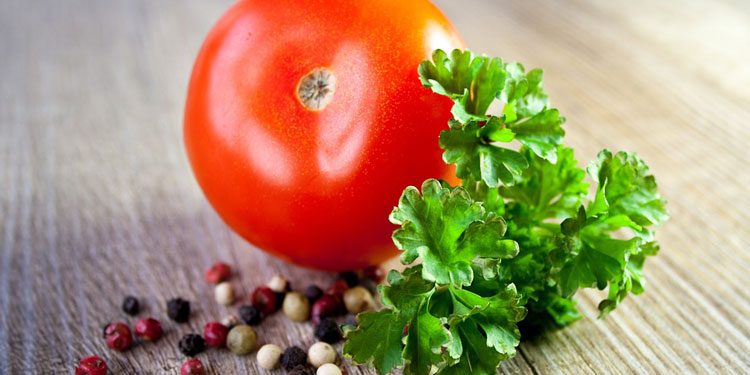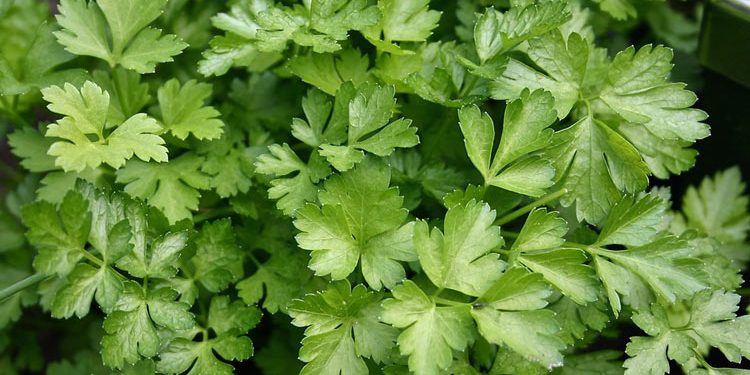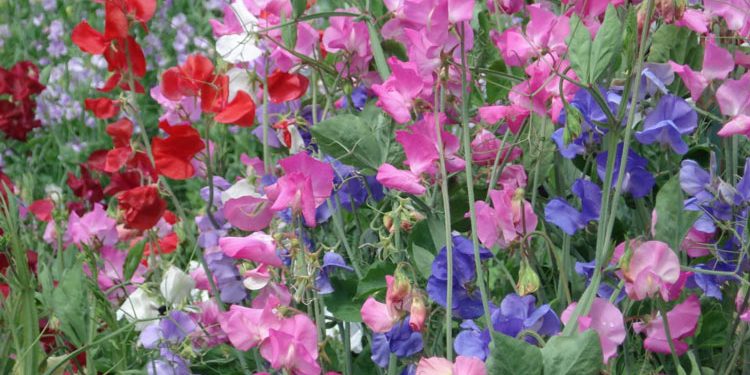TOMATOES All gardeners take pride in vine-ripened tomatoes. In addition to traditional red tomatoes, you can grow tomatoes that ripen to yellow, orange, and even purple. Small cherry tomatoes are ideal for salads and fleshy paste tomatoes cook into a […]
Growing parsley plants from seed
Parsley The point to remember about parsley is that it is certain to be needed by the cook at all times of the year. To allow for this, frequent (at least three) sowings should be made between March and September. […]
Pumpkin Carving for Halloween
Carving Pumpkins for Halloween Now is the time to consider the great pumpkin you’ll be carving this Halloween. As you know, Linus would wait all night for the Great Pumpkin, but I wouldn’t take a cue from Linus. I’d head […]
How to grow Onions
Onions When the seeds are to be sown directly in the soil where the plants are to grow, the bed should be well prepared. Digging and manuring will have been carried out during the late autumn or winter and the […]
Growing Sweet Peas
Sweet PeasA most popular annual, the sweet pea (Lathyrus odoratus) is not difficult to grow, though the richer the soil the better the results. Given good cultivation it will produce stems 2 ft. long bearing four, five or more florets. […]
How to grow Radish from seed
Radishes Seeds of this quick-growing vegetable may be sown for salads at intervals from early March to October. It is generally treated as a catch crop, being sown on a piece of ground which is intended for cabbages or some […]
Growing carrots and parsnips root crops
ROOT CROPS Crisp, sweet carrots are just the beginning of delicious roots from the vegetable garden. Parsnips are back in style, possibly because of their sweet nutty flavor when lightly grilled. The new appreciation for vegetarian cuisine has also caused […]
Beans How to grow and care for this vegetable
What to know about vegetable beans. BEANS: THE PRINCIPAL TYPES Full Details of How to Grow These Nutritious Vegetables Beans as a group constitute one of the largest vegetable food crops; their culture is extensive and widespread. They mature crops […]
How to Grow Potato: Most useful of vegetables
The Potato is widely cultivated in temperate regions, and its stem tubers, which grow underground, are a popular food. A tender, herbaceous perennial. The plant comes from South America where it was highly valued by the Indians. Its botanical name […]
Planting the vegetable seed
Planting the vegetable seed There is no part of the garden work which calls for such nice judgment and careful attention as the sowing of seed. Most of the failures originate right here, and a large share of the blame […]










